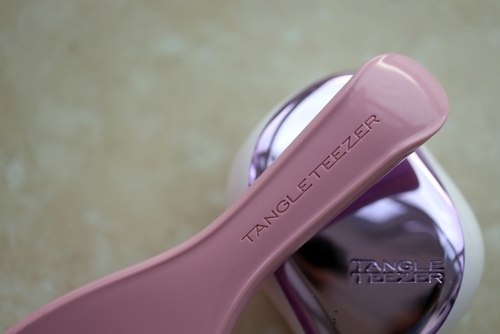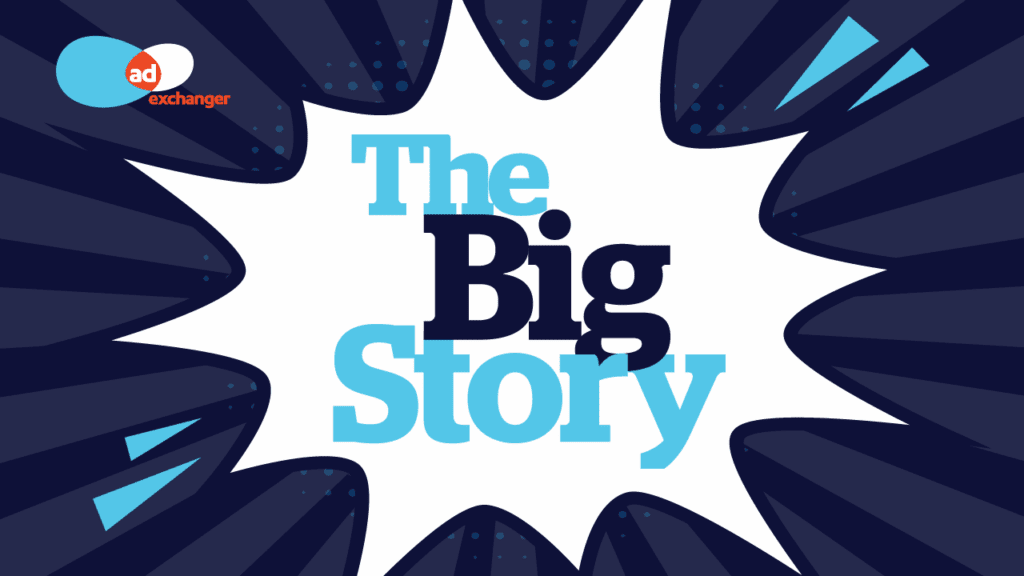If a brand wants to be on Page 1 of Amazon search results, it has to buy an ad or bring in significant web traffic from outside of Amazon, said Courtney Sheahan, director of sales at hairbrush brand Tangle Teezer. She’s seen this first hand.
“If you are driving traffic from, let’s say TikTok to Amazon, they’re very transparent about it, you’ll win that organic share of voice,” Sheahan told Multichannel Marketer at the Shoptalk conference in Chicago in October.
To better demonstrate this, she pulled out her smartphone and searched for “curly hairbrush” on Amazon. She scrolled through the results, which Amazon frontloads with ads.
“This is a paid ad. This is a paid ad — anything that says ‘sponsored’ is paid. Paid. Unpaid. You know why? They’re viral on TikTok right now. See, there’s no ‘Sponsored.’ It’s an ‘Overall pick.’ That’s your badge from Amazon, saying, ‘Thanks for driving your traffic to our site,’” Sheahan said.
“That’s why being viral is so important,” she added.
The impact of Tangle Teezer’s viral TikTok videos on Amazon
For Tangle Teezer, this has happened about 10 times, in which it has had a video go viral on TikTok, and then traffic to the corresponding Amazon product increased at least 100% over the average. Even if the social media user links the video to Tangle Teezer’s ecommerce storefront on TikTok Shop, consumers typically just Google or search on Amazon for the product to buy it, Sheahan said.
The bump in traffic and sales from a viral TikTok video lasts “a good couple weeks,” Sheahan said. Amazon is more likely to rank a product highly if it is bringing in traffic from multiple sources, such as both TikTok and YouTube.
“It’s very interesting to see the shift in dynamics of the last year between the viral TikTok items and how that’s hugely affected the Amazon business,” Sheahan said.
One if its most impactful TikTok videos was when an interior designer made an offhand comment about how she uses the Tangle Teezer brush to help keep her hair long and not shedding into her late-40s. It was great, Sheahan said, because she wasn’t a beauty influencer.
Marketing attribution struggles of a multichannel retailer
Amazon is a “top five” account for Tangle Teezer, she said, and the brand also sells its product on its own direct-to-consumer site, Target, Walmart and Walgreens. Often, it is hard for Tangle Teezer to calculate the lifetime value of shoppers who convert from a viral video, because the brand won’t know if a shopper purchased the item in a store or online. But if Tangle Teezer does receive the shopper’s information it tries to foster a relationship with her.
“We really try through our ads to retarget them with new products that are coming out and always reengage,” she said. “Social is a big thing for us. Not just TikTok, but Instagram and Facebook, and just really concentrating on building community.”
TikTok’s uncertain future
TikTok’s parent company, Chinese-based ByteDance Ltd., is currently under government scrutiny. The U.S. government may ban the social media platform if ByteDance does not sell TikTok to an approved buyer by Jan. 19, 2025.
Sheehan, however, isn’t worried about TikTok’s fate, and what a ban would mean for Tangle Teezer.
“Our business isn’t built around TikTok, whereas many of our competitors are,” she said. “Secondly, the consumer, Gen Alpha/Aen Z, they’ll just go into another platform.”




